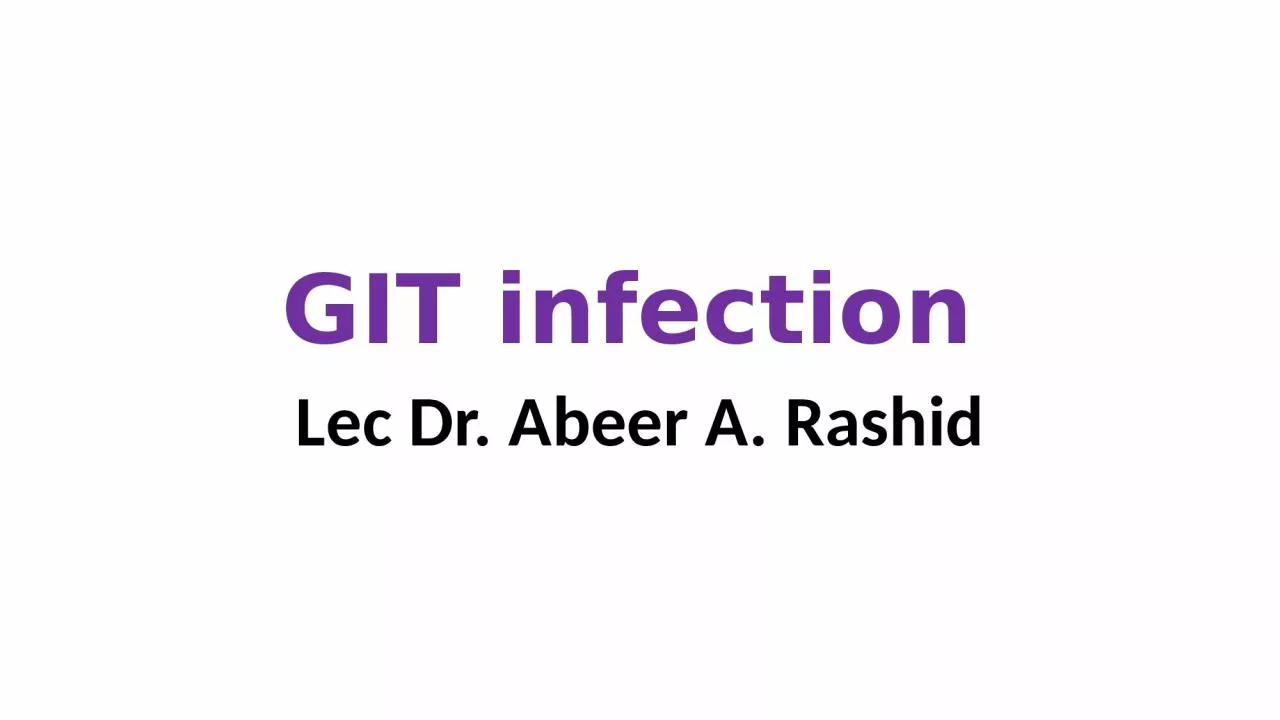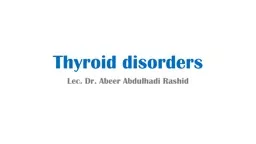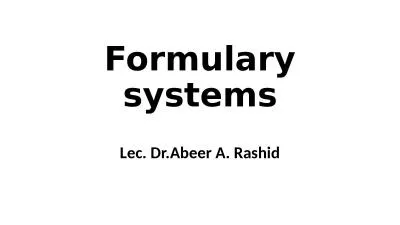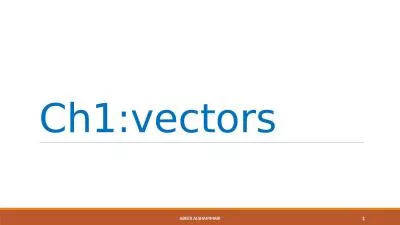PPT-GIT infection Lec Dr. Abeer A. Rashid
Author : erica | Published Date : 2022-06-18
Introduction One of the primary concerns related to gastrointestinal GI infection regardless of the cause is dehydration which is the second leading cause of worldwide
Presentation Embed Code
Download Presentation
Download Presentation The PPT/PDF document "GIT infection Lec Dr. Abeer A. Rashid" is the property of its rightful owner. Permission is granted to download and print the materials on this website for personal, non-commercial use only, and to display it on your personal computer provided you do not modify the materials and that you retain all copyright notices contained in the materials. By downloading content from our website, you accept the terms of this agreement.
GIT infection Lec Dr. Abeer A. Rashid: Transcript
Download Rules Of Document
"GIT infection Lec Dr. Abeer A. Rashid"The content belongs to its owner. You may download and print it for personal use, without modification, and keep all copyright notices. By downloading, you agree to these terms.
Related Documents














